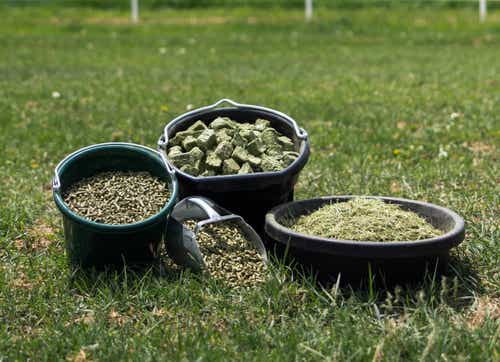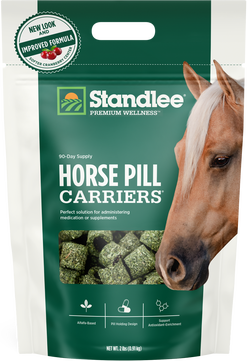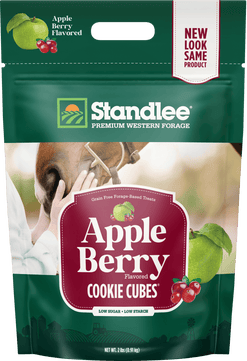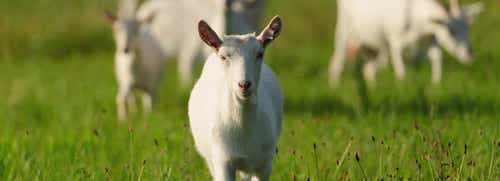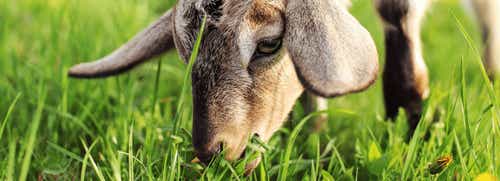
Ensure Your Performance Horse is Getting the Right Amount of Vitamins & Minerals
Minerals and vitamins are two groups of nutrients required in minimal amounts in horses' diet. They are different from other nutrients such as protein in that protein is needed in much more significant amounts in the diet to satisfy requirements. Too much mineral or vitamin can undoubtedly result in dietary imbalance, but it can also be toxic to the horse. Two minerals of primary concern are selenium and iodine. Too much selenium or too much iodine can be toxic to the horse. Similarly, too much vitamin A and vitamin D can cause a host of problems in the horse. We need to be careful that we don't overfeed or underfeed minerals and vitamins. Consult an equine nutritionist or your veterinarian if this task seems too daunting.
The National Research Council has established requirements for a total of 14 minerals. These minerals are involved in many critical functions, including immunity, acid/base regulation, formation and maintenance of bone, and as essential co-factors for enzymes. These 14 minerals are divided into two groups based on how much is required in the diet.
- Macro-minerals are necessary for more significant amounts (g/day) and include sodium, chloride, calcium, phosphorus, magnesium, potassium, and sulfur.
- Micro-minerals are required in smaller quantities (mg/day) and include cobalt, copper, iodine, iron, manganese, selenium, and zinc.
So how will you keep track of 14 different minerals in your horse's diet?
To do this properly will require some math skills, a calculator, and some free time. Since both the amount and ratio of all these minerals in the diet are critical, I recommend starting with five minerals that are likely to require dietary adjustment. These five minerals are calcium, phosphorus, copper, zinc, and selenium. The "balancing" process will require chemical analysis of the different feed ingredients, determination of the amount of feed provided, and comparison to the necessary amount of each mineral. Spoiler alert, you may need to convert ppm (parts per million), which is milligrams per kilogram, to milligrams per pound or ounce, depending on the ingredient. If this task seems too daunting, perhaps you can consult an equine nutritionist or your veterinarian.
Vitamins are much the same story. They are required in the diet in minimal amounts, and they are involved in most chemical reactions fueling metabolism and immune function. The National Research Council has established requirements for five vitamins. These include the fat-soluble vitamins: A, D, and E and the B-vitamins: thiamin and riboflavin. The difference between fat-soluble and B-vitamins (water-soluble) is how they are stored in the body. The fat-soluble vitamins can be stored in the body, and therefore, the potential for toxicity exists. The B-vitamins are not stored in the body, so excess vitamin is excreted in the urine. Just like with minerals, we can shorten the list and look at just Vitamin A, D, and E to initially balance the diet. Healthy microorganisms can synthesize the B-Vitamins in the horse's digestive system, and they typically do not require extensive adjustment.
So again, get out your calculators, feed analysis report, and feed sheets and prepare for some mental gymnastics. Otherwise, look to an excellent equine nutritionist for assistance.
By Dr. Tania Cubitt & Dr. Stephen Duren
Standlee Nutritional Experts - Performance Horse Nutrition

